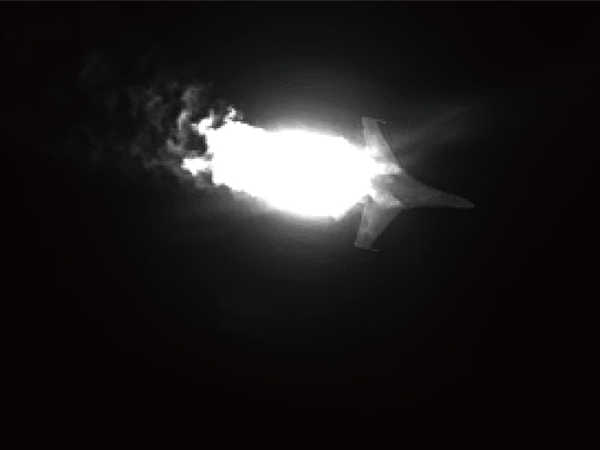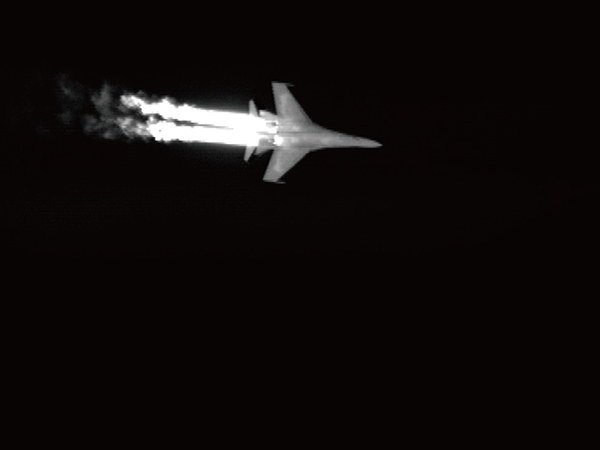Medium and long wave infrared is mainly a kind of infrared spectrum, which is obtained by detecting the radiation of target objects. Affected by many factors such as target physical properties and application scenarios, medium and long wave infrared detectors have their own advantages and disadvantages.
Target temperature is one of the main factors that affect the selection of infrared detectors. The energy density of infrared radiation of objects with different temperatures at different wavelengths is significantly different. From 220K to 380K, the effective radiation of the target in the long wave band is far greater than that in the medium wave band. With the increase of target temperature, the absolute radiation of medium wave increases rapidly, and then the effective radiation ratio increases quickly as well.

Environmental factor is also one of the main considerations in the selection of thermal imaging detectors, and the infrared spectra with different bands have different applicability. For example, medium wave has a strong penetration in rainy and foggy weather conditions with high humidity, while long wave infrared has a longer penetration distance in sand and dust conditions than other wave bands. For specific application scenarios, it is necessary to comprehensively consider the effects of detector material, target radiation, background radiation and cost, and select the appropriate detector band.
For the environment with high humidity, the temperature of the target is mostly above 300K. It has certain medium wave radiation, and the atmospheric transmittance of medium wave radiation in this environment is higher than that of long wave. So the medium wave detection system should be preferred. For the ground-to-ground remote observation infrared system, the background radiation is mostly complex and the atmospheric transmission path is long. If the ambient humidity is high, the medium-wave detection is generally adopted. If the ambient humidity is low, the long-wave detection can be considered. For other remote observation infrared systems, if the detection temperature is below 300K, and the transmission path has less water vapor and higher transmittance, the long-wave detection system should be preferred.

Go Top